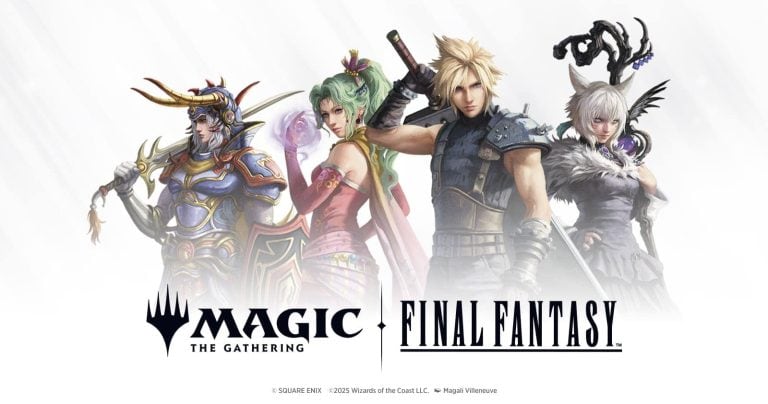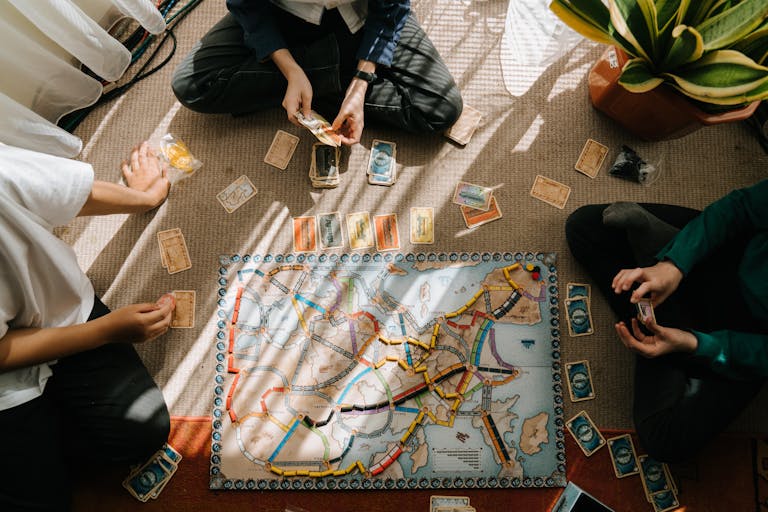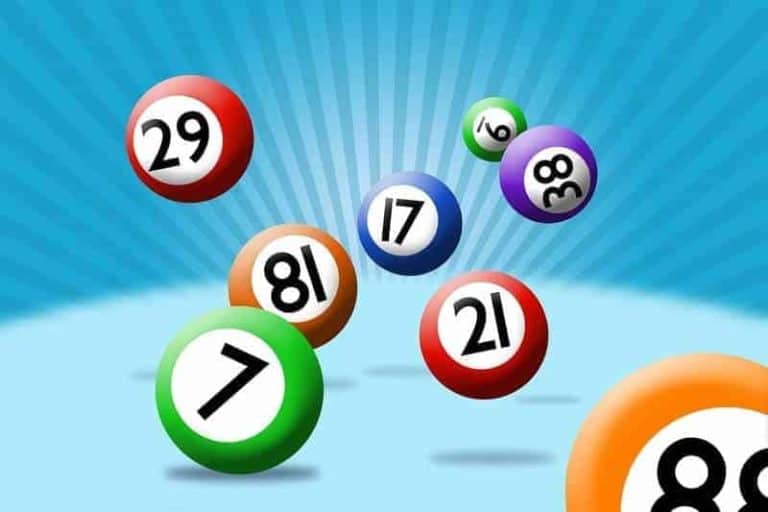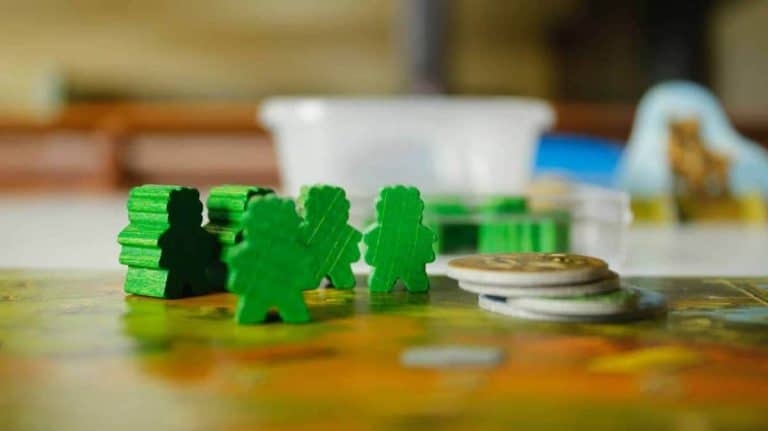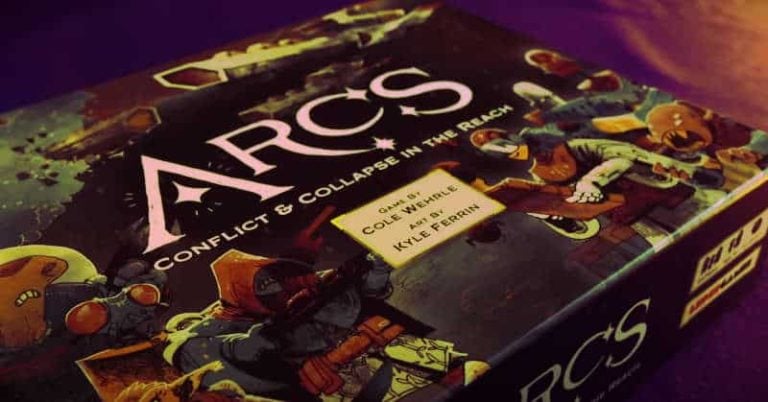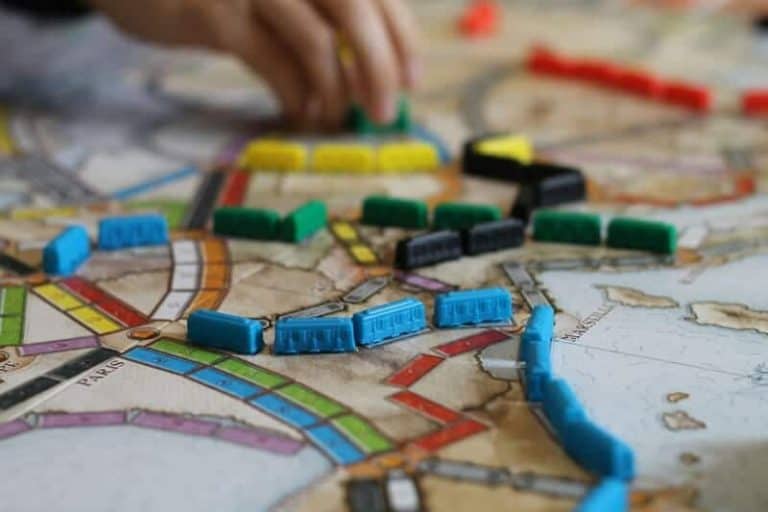Most Important Magic The Gathering Terms To Know
Magic The Gathering is one of the most successful trading card games ever created. Created in 1993 by Richard Garfield, and released by Wizards of the Coast, Magic (as it is typically called) has demonstrated more staying power than anyone would expect from an original card game. As more than two decades have passed since the first set release, Magic has grown more complex and daunting to learn. This article will cover the basic information necessary to start learning the game, and a couple of the most common card effects in Magic.
Reading a Card
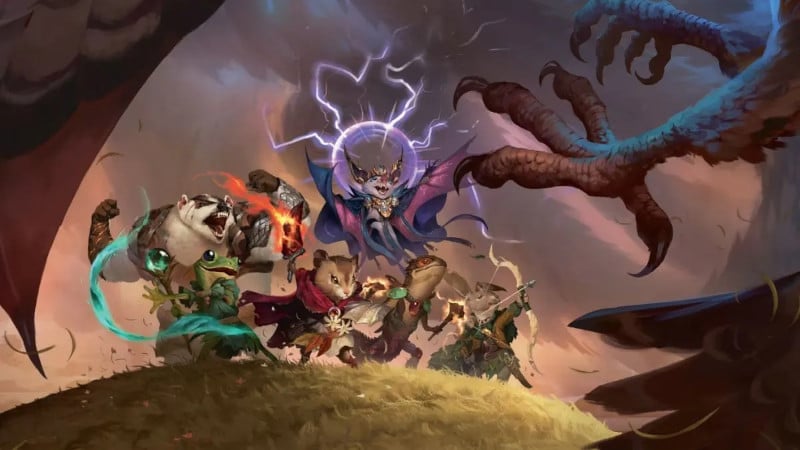
Magic cards are subdivided into “Card Types”, of which there are Lands, Creatures, Artifacts, Enchantments, Instants, Sorceries, Planeswalkers, and Battles. These cards behave differently, but share many similarities in function. If a card is not a land, it will have a set of numbers and symbols written on the top right corner. This is the amount of “Mana” necessary to play the card. All cards have some amount of text in the box at the center of the card, which defines the effect of the played card.
- Lands: Normally, you can play one land per turn. These do not cost mana to play, and can “tap” to give you mana to use for playing other cards. The mana they give corresponds with the symbol printed on the card text.
- Creatures: The main method of winning a game of Magic The Gathering is attacking with enough creatures to reduce your opponent’s life to zero. Creatures have two numbers printed on the lower right corner of the card, representing their “Power” and “Toughness”.
- Artifacts: Artifacts tend to have abilities on the field, and often do not require specific mana to play. Some artifacts can increase your creature’s power, or let you draw more cards.
- Enchantments: Similar to artifacts, but require more specific mana. Some enchantments can be cast directly onto other cards, giving them additional effects.
- Sorceries: Cards that resolve an effect, and then leave the field. You can use these to draw cards, destroy cards on the field, or directly harm your opponent.
- Instants: Very similar to sorceries, but can be cast in response to your opponent doing something. Some instants can remove a card before it hits the field.
- Planeswalkers: These represent a powerful ally. They can be activated once per turn to produce an effect and can be attacked like players.
- Battles: The newest card type. Battles are protected by your Magic The Gathering opponent, and give you a powerful reward if you manage to destroy them.
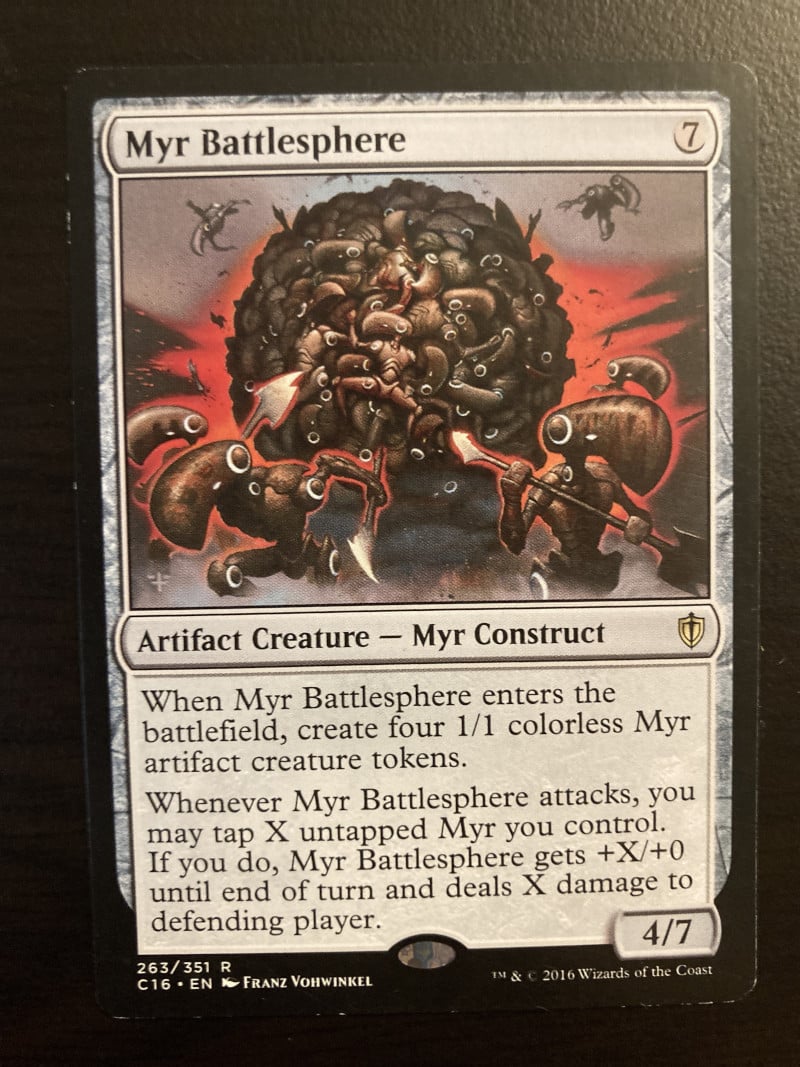
Turn Structure
Each turn in a game of Magic The Gathering has 5 phases, Beginning Phase, First Main Phase, Combat Phase, Second Main Phase, and Ending Phase. These Phases are further subdivided into steps.
Beginning Phase
The beginning phase is the first part of any turn. It consists of three phases, Untap, Upkeep, and Draw.
-
- Untap: If you control any “Tapped” cards (usually cards that attacked or used an ability during your last turn), they “Untap”. This is visually represented as turning the cards to face your opponent. Some cards may not untap during this step, as specified in the card text.
- Upkeep: During this phase, specific cards may activate. This can mean having to pay a cost to keep a card on the field or gain a reward for protecting a certain card.
- Draw: You draw a single card from the top of your deck. Notably, the player who goes first does not draw a card on their first turn.
First Main Phase
The main phase is, usually, the part of the turn where you play cards. The turn player can play a single land from their hand and cast any other Magic cards by paying their mana cost. If they control a Planeswalker, they can activate its ability once per turn, during a main phase. This is where the bulk of action during a Magic The Gathering match happens, so it’s important to know all about it.
Combat Phase
During the combat phase, creatures can attack your opponent, a planeswalker, or a battle. The combat phase is split into five steps.
- Beginning of Combat: Some Magic The Gathering cards cause an ability to activate when Combat starts.
- Declare Attackers: The turn player selects which of their creatures will attack, and what they will attack. Multiple creatures can attack at once and can attack multiple targets. When a creature attacks, it becomes tapped. Most creatures cannot attack the turn they are played.
- Declare Blockers: The defending player, or players, designate which creatures, if any, will block the attackers. Tapped creatures cannot block.
- Combat Damage: Simultaneously, creatures will deal damage to anything they are attacking or blocking. The damage dealt is equal to their power. Any creatures left with zero or less toughness are destroyed.
- End of Combat: Creatures are removed from combat. Some effects trigger in this step.
Second Main Phase
Identical to the first main phase, but the turn moves to the ending phase when this phase is complete.
Ending Phase
The last phase is before your Magic The Gathering opponent’s turn. Some abilities may trigger during this phase.
Common Keywords
A keyword is a section of card text that is omitted from the text of a card, as players are expected to recognize it without a reminder. There are dozens of keywords, as Magic The Gathering has expanded over its existence, but the most common ones are easy to learn.
- Vigilance: A creature with vigilance does not become tapped when it attacks.
- Haste: A creature with haste can attack the turn it is played.
- First strike: A creature with first strike deals combat damage before all other creatures.
- Trample: A creature with trample will deal leftover damage to the opponent after destroying an opponent’s creature in battle.
- Deathtouch: Any amount of damage from a creature with deathtouch is enough to destroy another creature.
- Flying: Flying creatures can only be blocked by other flying creatures or Magic The Gathering creatures with reach.
- Lifelink: When a creature with lifelink deals damage, you gain life equal to the damage dealt.
- Kicker: When you play a card with kicker, you can pay an additional cost if you want to gain an additional effect.
- Flash: A card with flash can be played any time you can play an instant.
For More Great Content
Total Apex is an all-encompassing content producer. We provide heavily detailed articles every day on entertainment, gaming, sports, and so much more! Check out all our great sports content at Total Apex Sports. Check us out on X @TotalApexEandG and our other sites: Total Apex Sports Bets and Total Apex Fantasy Sports.

